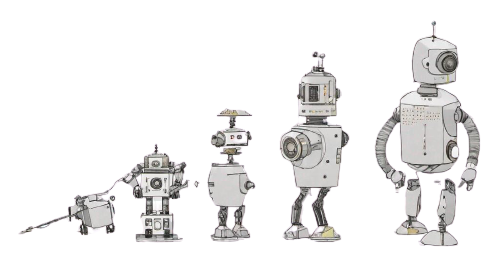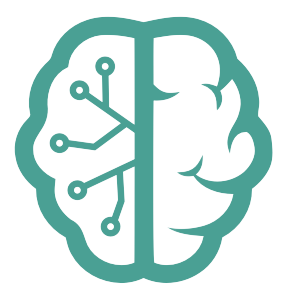
i.mLearning
[Project Status : Experimental and Under Development, Subject to Major Changes]
i.mlearning is an experimental module under development within the all.this family, specifically designed to streamline the process of setting up structured datasets for supervised learning. The module aims to provide a standardized framework for organizing and labeling data, making it optimally structured for training machine learning models, particularly in conjunction with the neurons.me platform.
The module is in active development, and as such, it is subject to significant changes as we refine our approach and methodologies to best support supervised learning processes.
Core Vision and Purpose
The primary goal of i.mlearning is to facilitate the creation of well-organized, labeled datasets that can be directly utilized for training machine learning models. This involves:
- Structured Data Directory: Providing a template or blueprint for organizing data files, such as images or audio clips, into labeled directories (e.g.,
cats/for cat images) to support straightforward supervised learning. - Data Labeling Consistency: Ensuring that all data within the structure is appropriately labeled and categorized to aid in the accurate training of machine learning models, enhancing the overall effectiveness and reliability of the learning process.
- Integration with neurons.me: Making the structured and labeled data easily accessible and compatible with neurons.me, allowing for seamless data processing, model training, and analysis within the platform.
Anticipated Features
- Directory Templates for Data: Guidelines and structures for organizing various types of data, ensuring consistency and compatibility with supervised learning algorithms.
- Labeling Guidelines: Best practices and instructions for labeling data within the structured directories, ensuring clarity and consistency across datasets.
- Tools and Scripts: Potential development of utilities to assist in setting up and verifying the data structure, automating the preparation process as much as possible.
Getting Started
To begin experimenting with i.mlearning, you can clone or download the module and explore the provided directory structures and guidelines. As this module is still under development, we encourage experimentation and feedback:
npm i i.mlearning
Note: As i.mlearning is in experimental mode, please be prepared for ongoing changes and updates. Your feedback and contributions can significantly shape its evolution.
Contributing to i.mlearning
We welcome contributions, suggestions, and feedback from the community to enhance and refine i.mlearning. Whether you have ideas for new features, improvements to existing structures, or feedback on the module's usability, your input is invaluable.
Licensing and Usage
i.mlearning is released under an open-source license, allowing you to use and modify the module freely within your projects. As the module evolves, please refer to the LICENSE file for the most current licensing information.
Join Us in Shaping i.mlearning
Your involvement can help shape i.mlearning into a robust tool for data structuring in machine learning. Join us in this exciting journey to simplify and enhance the preparation of data for machine learning, contributing to the broader goals of accessibility and efficiency in AI and data science.
For more details, visit our project page or check out the neurons.me platform.
If you have suggestions or issues, please open an issue. We encourage contributions from the community.
About All.This
Modular Data Structures:
this.me - this.audio - this.text - this.wallet - this.img - this.pixel - be.this - this.DOM - this.env - this.GUI - this.be - this.video - this.atom - this.dictionaries
Each module in all.this represents a specific datastructure. These classes encapsulate the functionalities and data specific to their domain.
Utils
all.this not only aggregates these modules but also provides utilities to facilitate the integration, management, and enhancement of these data structures. For example:
The integration with cleaker ensures each module instance has a unique cryptographic identity, enhancing security and data integrity.
Neurons.me Ecosystem Glossary:
visit: Neurons.me Glossary
